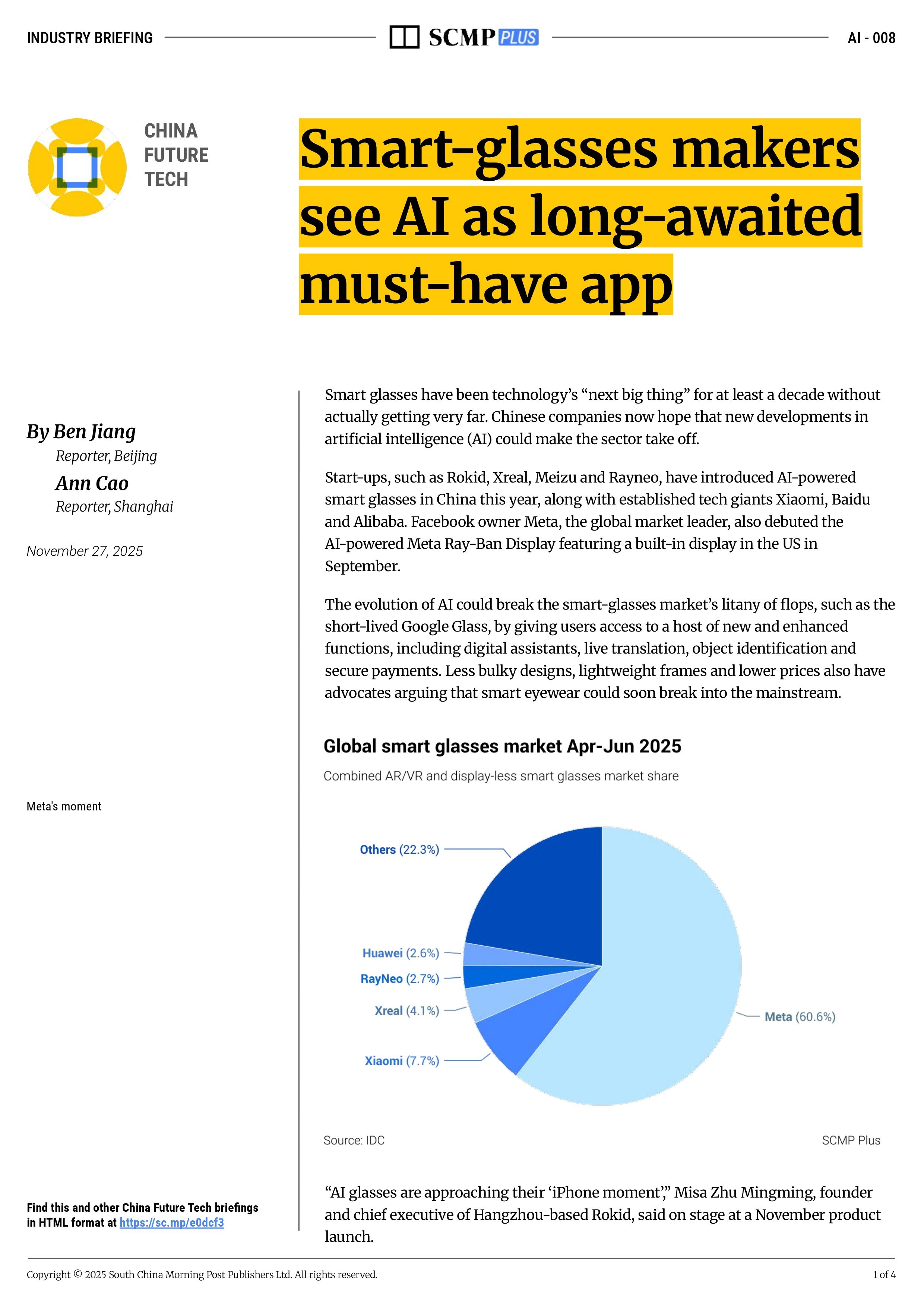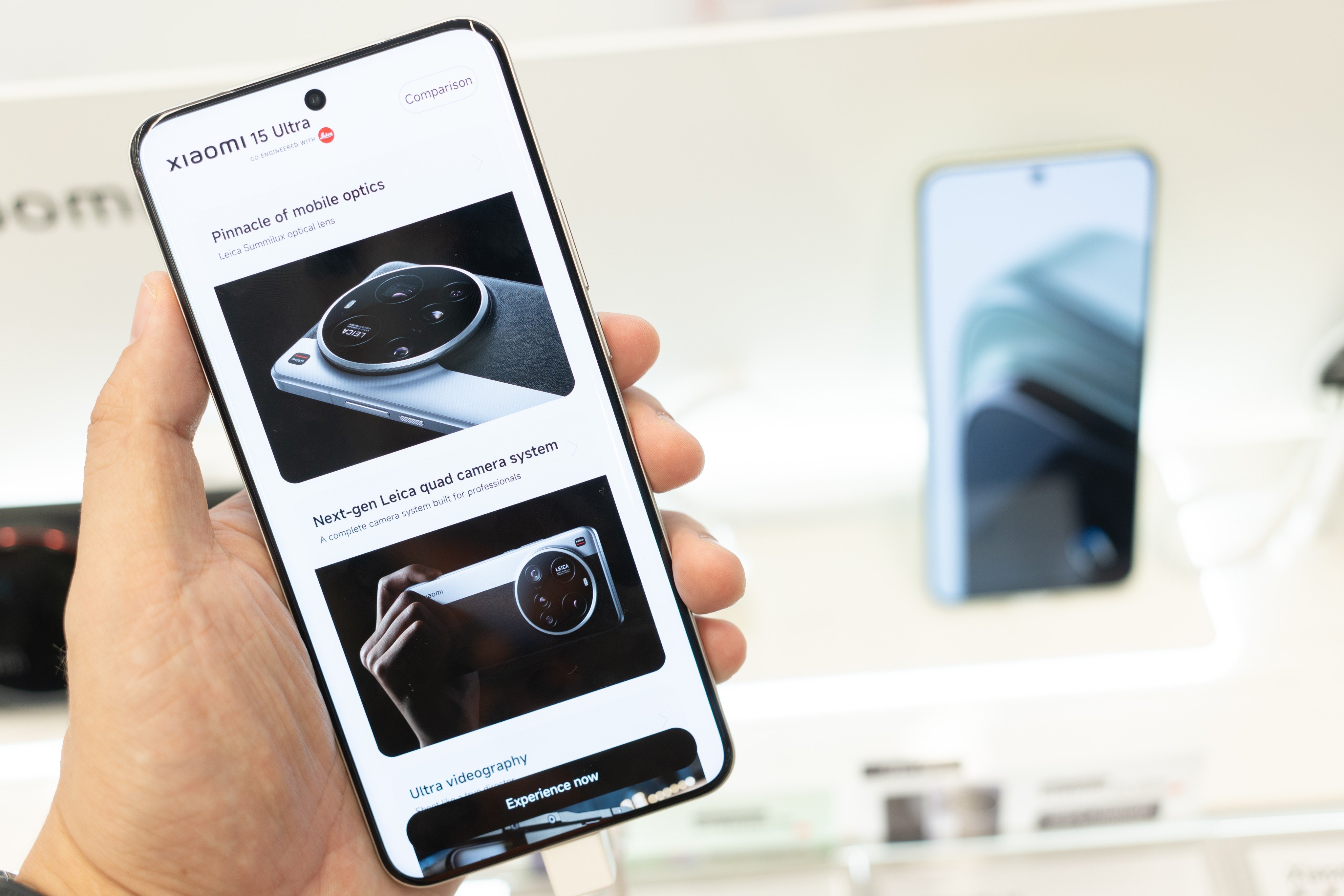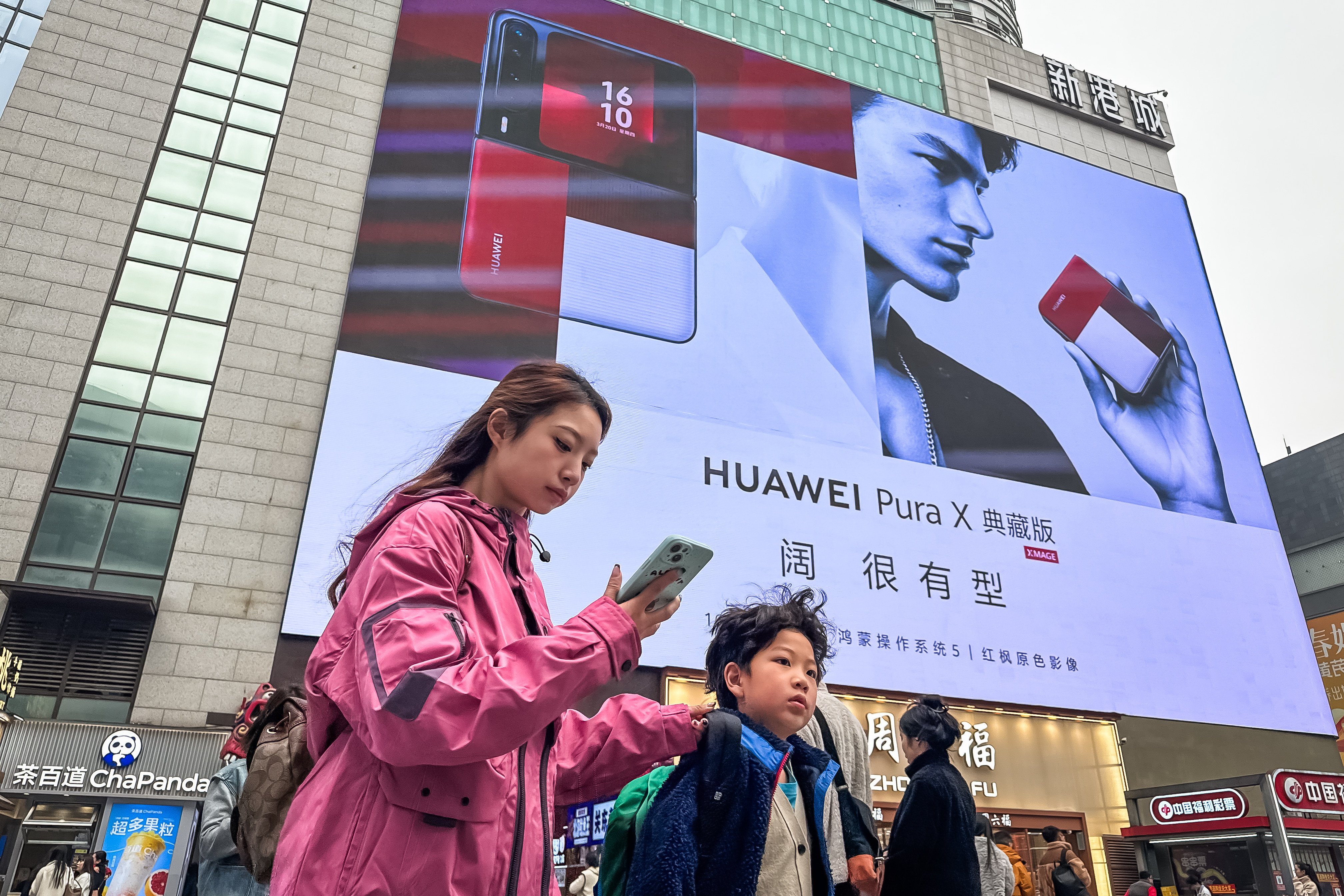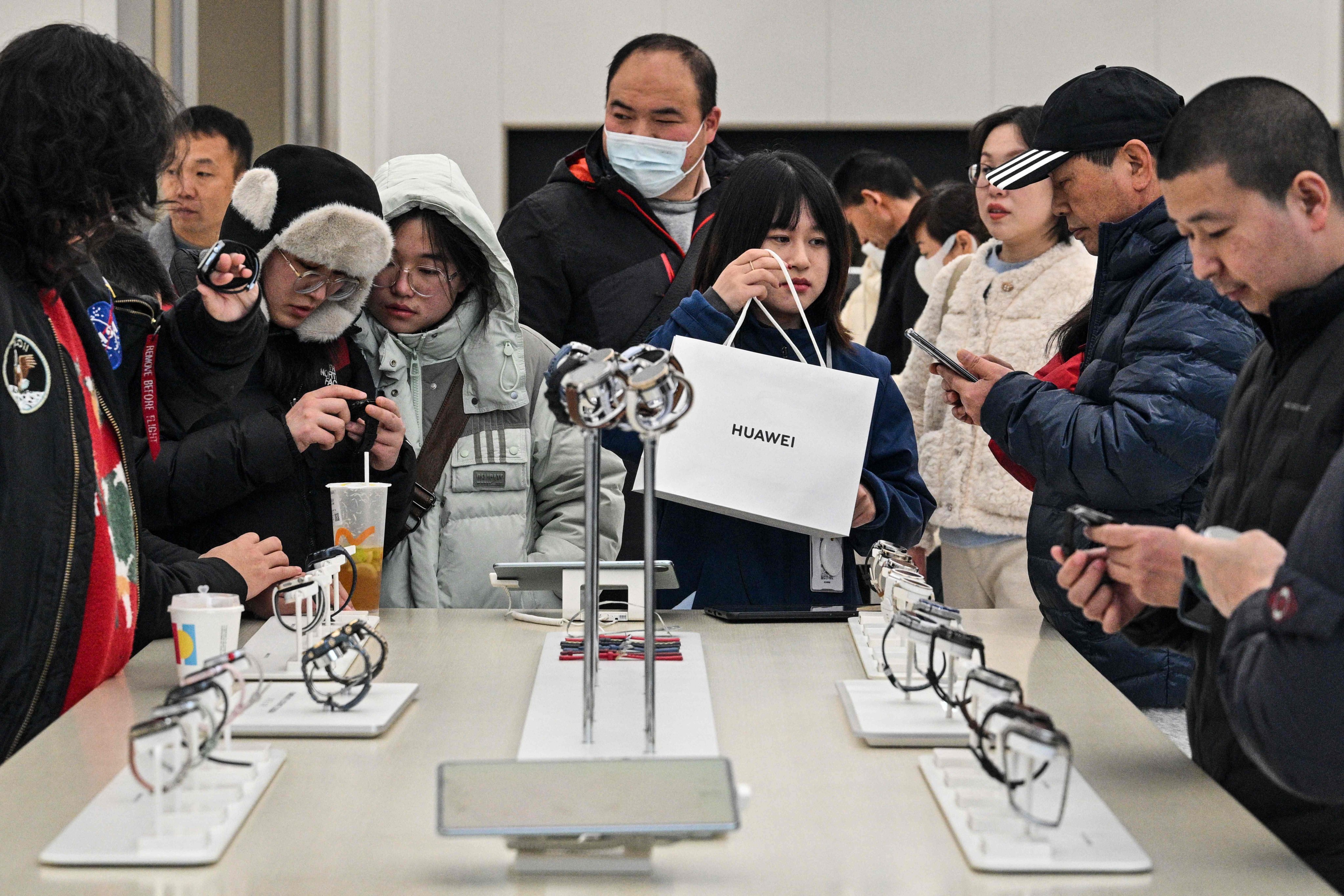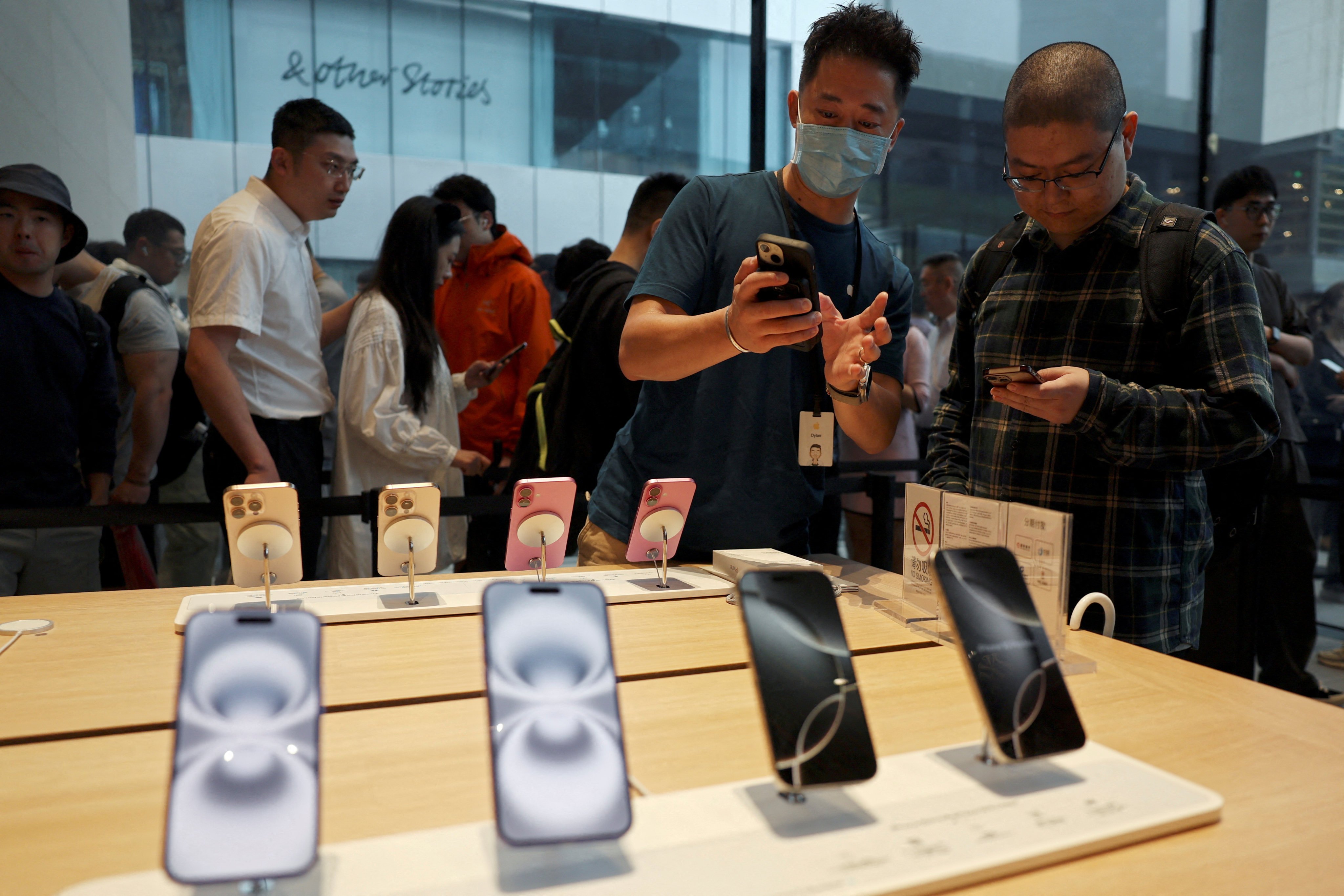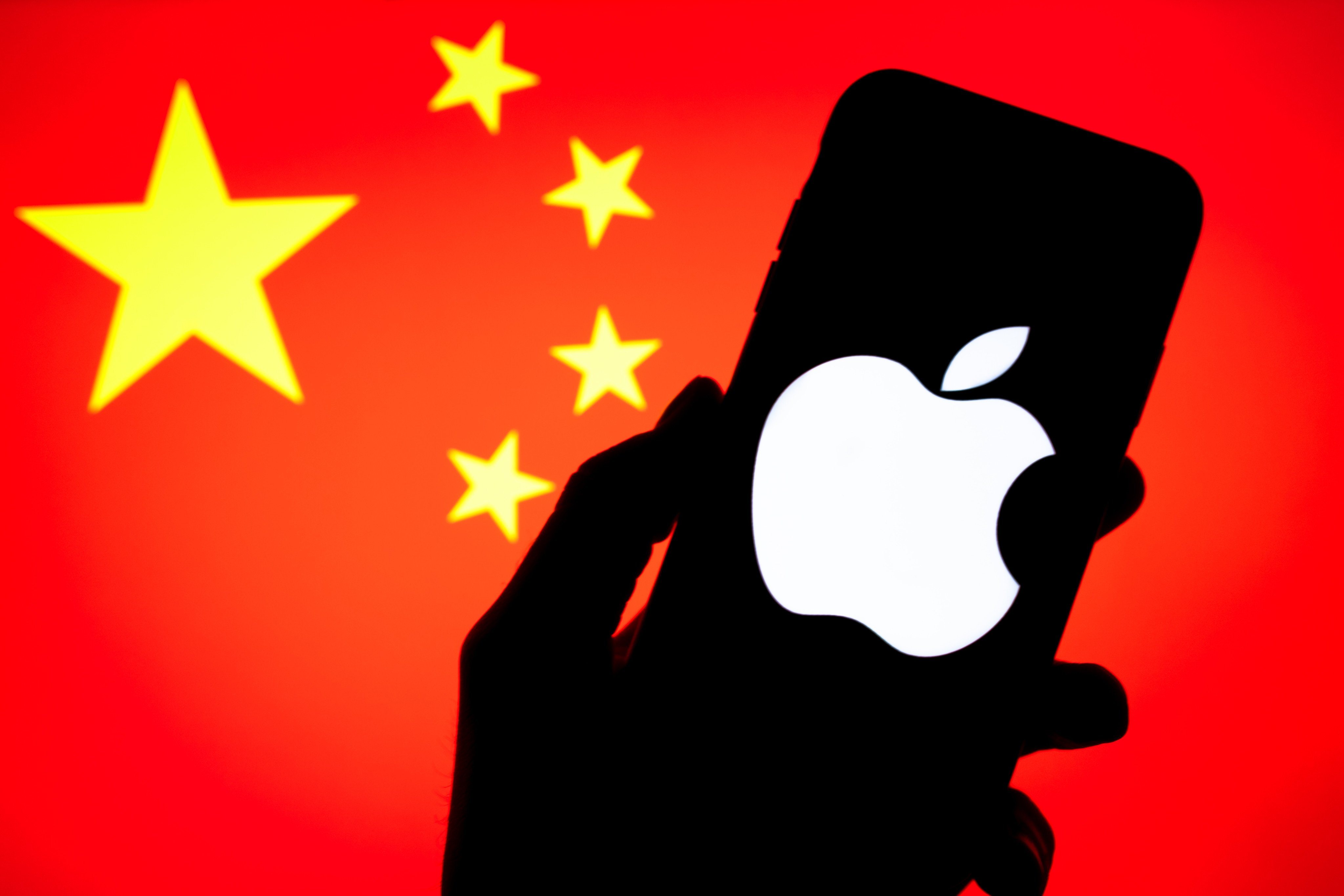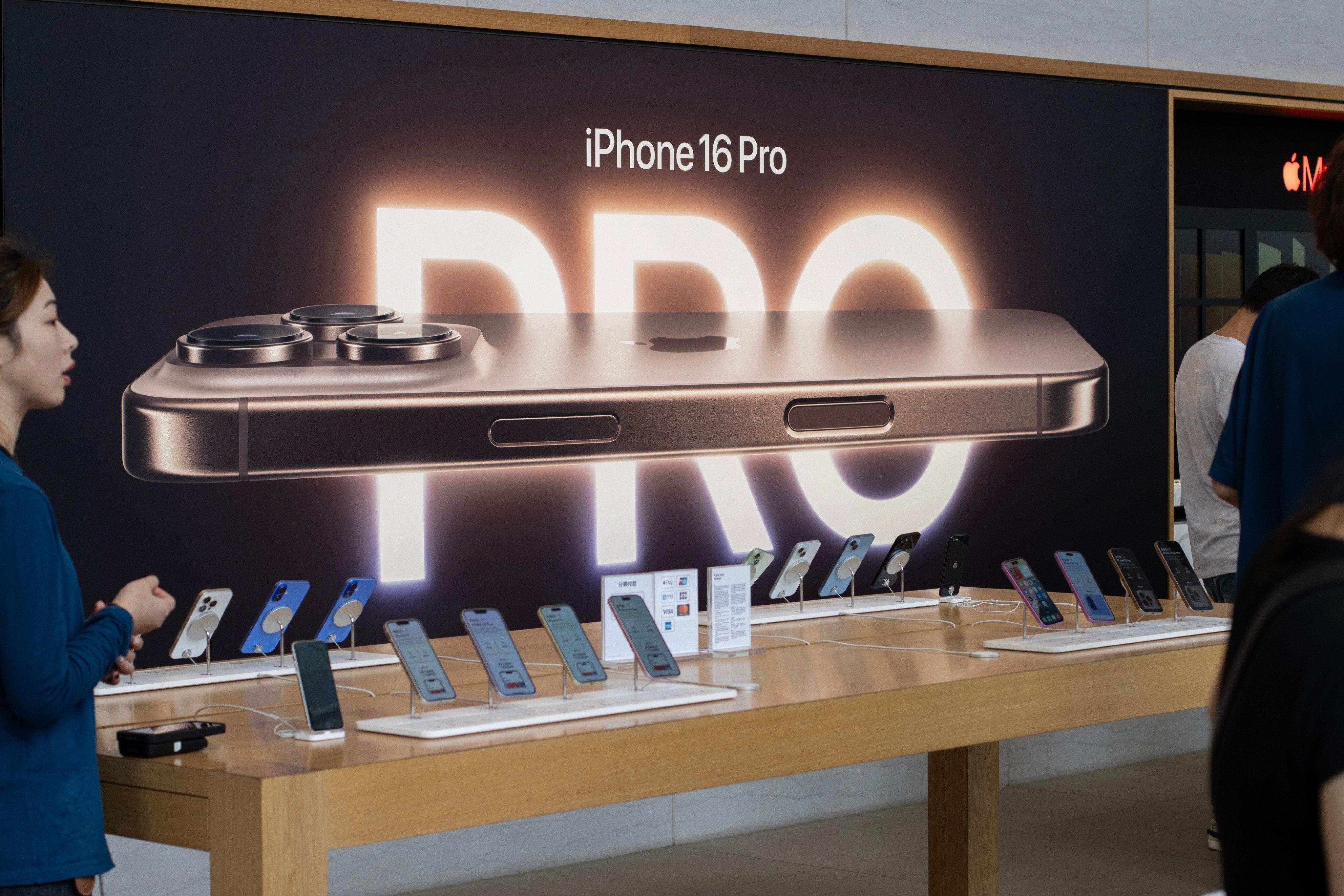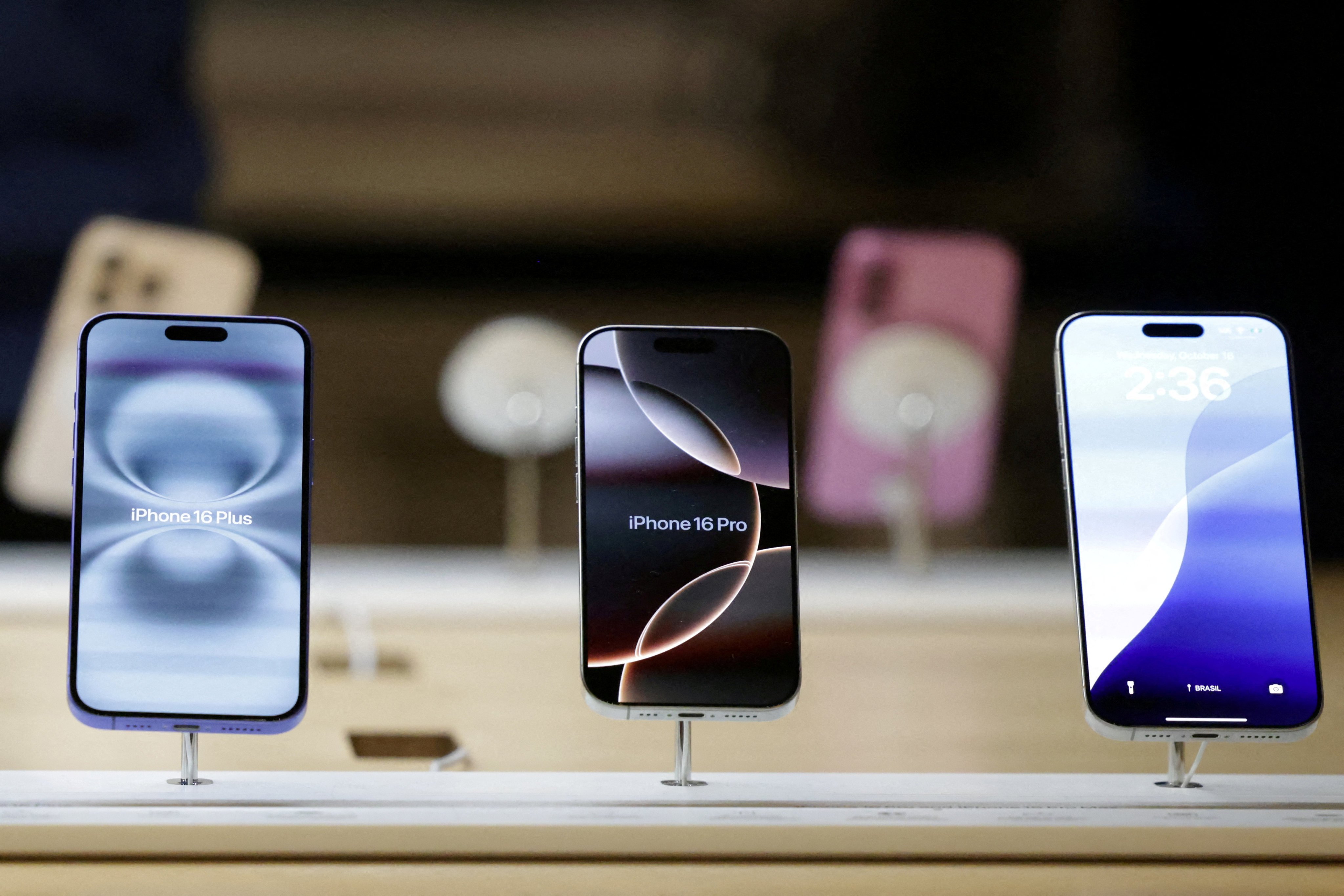
TOPIC
/ company
Vivo

Vivo
The latest news, analysis and opinion on Vivo. In-depth analysis, industry insights and expert opinion.
Chairman / President
Shen Wei
CEO / Managing Director
Shen Wei
Industry
Electronics
Website
vivo.com
Headquarters address
Vivo Global Headquarters, No.1, Vivo Road, Chang'an, Dongguan, Guangdong, China
Year founded
2009
Help preserve 120 years of quality journalism.
SUPPORT NOWAdvertisement
Advertisement
Advertisement
Advertisement
Advertisement
Advertisement
Advertisement
Advertisement
Advertisement
Advertisement
Advertisement
Advertisement
